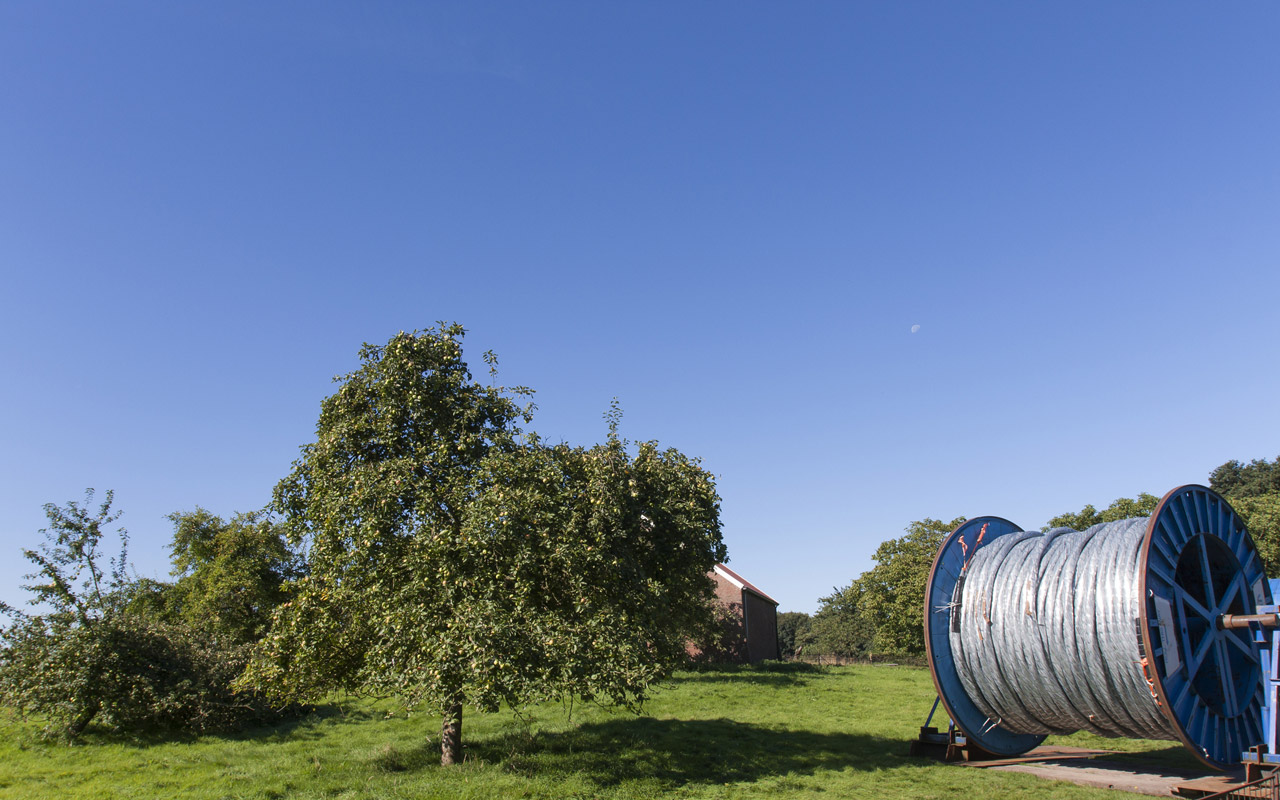- Solutions
Solutions
Discover how we empower your network through a flexible choice of Optical transport, Access and Software defined technologies. Browse through our dedicated use cases to find out more.
- Products & Services
Products & Services
A full suite of products and services to address your network needs for today and tomorrow.
- Company
Company
Find out all you need to know about the foundation of Ekinops, the company empowering next-generation networks.

Recently there has been a great amount of emphasis on broadband connectivity — or lack thereof — in North America and Europe particularly. To address this ‘digital divide’, governments have developed programs to encourage broadband investment by, and even provide direct funding to, service providers with the specific goal of increasing the level of broadband Internet connectivity available in unserved and underserved locations in their countries or regions.
In the U.S., the Federal Communications Commission recently completed its $9B Rural Digital Opportunity Fund (RDOF) reverse auction (with another $11B to come in a Phase II) while the U.S. Department of Agriculture launched its own Broadband ReConnect program consisting of over $600M in loans and grants. Similarly, Canada announced the new C$1.75 billion Universal Broadband Fund in December 2020. Across the pond, the EU has taken a less direct approach by adding new rules to its European Electronic Communications Code designed to “Facilitate the roll-out of new, very high capacity fixed networks by making rules for co-investment more predictable and promoting risk sharing in the deployment of very high capacity networks…” while in the UK, a number of related initiatives are underway as part of the £5B Building Digital UK (BDUK) project, including a £320 million voucher program earmarked specifically for rural gigabit deployment.
Through these programs, there is a clear effort to deliver Gigabit-level service which, for those areas lacking true broadband today, will be like going from a standstill to a full sprint in one step. It’s not going to be easy. These areas are mostly served by a small local telco or cable provider serving a few thousand or even a few hundred locations — mostly residential and small businesses — and which lack the infrastructure to provide high-speed broadband. In the RDOF program for example, 85% of the locations have been promised Gigabit service which, even for a small area, adds up to hundreds of gigabits of bandwidth.
While most of the focus is going to be on last-mile deployments and the ongoing battle between fiber-to-the-home/business vs. fixed wireless, service providers cannot forget to address the backhaul portion of their network. When you think about it, the ‘last mile’ is really just an on-/off-ramp to the provider’s backbone that is the real bridge across the digital divide. The backbone requires fast, flexible connectivity that both aggregates customer traffic at the local point-of-presence (PoP) onto high-speed links and also backhauls that traffic from the PoP to a Tier 1 exchange or data center where the actual connection to the Internet is provided. Without a high level of connectivity, the last mile becomes a road to nowhere.
The big question for most of these rural telcos then is how much of their budget can they afford to allocate to the backbone. Stringing and trenching fiber to every home and business is an expensive undertaking and will consume a majority of the funding they receive so how can these service providers afford to build the backbone too?
It’s a matter of basic economics, really. These rural telcos know that every dollar or euro or pound they don’t have to spend on their backbone is another one they can spend on reaching the customer so they need to get the greatest utility from that backbone as possible. This means a high level of performance, scalability and flexibility with minimal investment. The problem then becomes a matter of trust. Which solution vendor do they believe will deliver the greatest value? Issuing a RFP and just selecting the lowest bid is not the way to go about finding that out. It takes a partner that is willing to sit down with you (at least virtually, for now) and understand what it is you’re trying to accomplish, and that can propose a solution or solutions that meet both your project and budgetary objectives not just on day one but every day your network is operational.
So, to make sure the last mile is not the end of the road but just the beginning, you need the right backbone to bridge the digital divide and let you — and your subscribers — get where you really need to go.
|
|
White Paper: Scaling Backhaul for Rural Broadband Connectivity Download |





